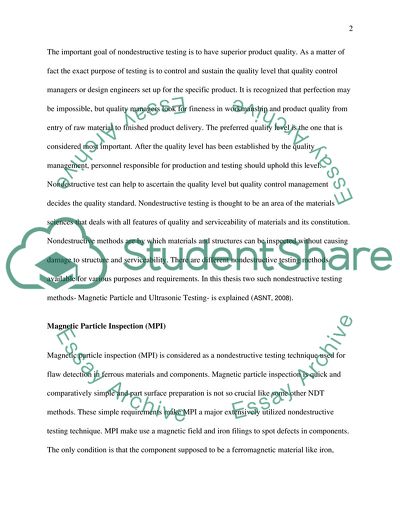Cite this document
(Contemporary Nondestructive Testing Procedures Term Paper, n.d.)
Contemporary Nondestructive Testing Procedures Term Paper. https://studentshare.org/physics/1712496-non-destructive-testing
Contemporary Nondestructive Testing Procedures Term Paper. https://studentshare.org/physics/1712496-non-destructive-testing
(Contemporary Nondestructive Testing Procedures Term Paper)
Contemporary Nondestructive Testing Procedures Term Paper. https://studentshare.org/physics/1712496-non-destructive-testing.
Contemporary Nondestructive Testing Procedures Term Paper. https://studentshare.org/physics/1712496-non-destructive-testing.
“Contemporary Nondestructive Testing Procedures Term Paper”. https://studentshare.org/physics/1712496-non-destructive-testing.


